In Which We Serve (1942)
“A ship can’t be happy unless she’s efficient, and she certainly won’t be efficient unless she’s happy.”
|
Synopsis: |
|
Genres, Themes, Actors, and Directors:
Review: and then as we’re gradually given numerous watery flashbacks into the memories of the men holding on for their lives as their ship sinks. While centered on the birth, life, and death of the Torrin, this is really an ensemble tale of all the men and women who worked together during World War II to fight and maintain their British way of life. They’re shown celebrating small moments of joy (a hilltop picnic, a brief honeymoon): and giving support to one another through thick and thin; surprisingly (and happily), none of it comes across as sappy, and it’s appropriately balanced with somber reality: a sailor (Richard Attenborough) is chastised for his cowardice: … men lose limbs; and numerous characters die. My favorite scenes include Mills feeding and providing drink to Dunkirk survivors; Mills learning both joyous and deeply distressing news in one letter; and Coward — in a wonderfully and respectfully extended sequence — providing a handshake to each individual man he’s served with. Redeeming Qualities and Moments: Must See? Categories
Links: |
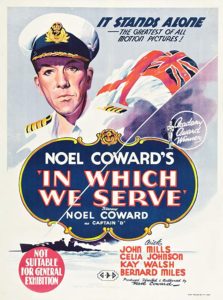

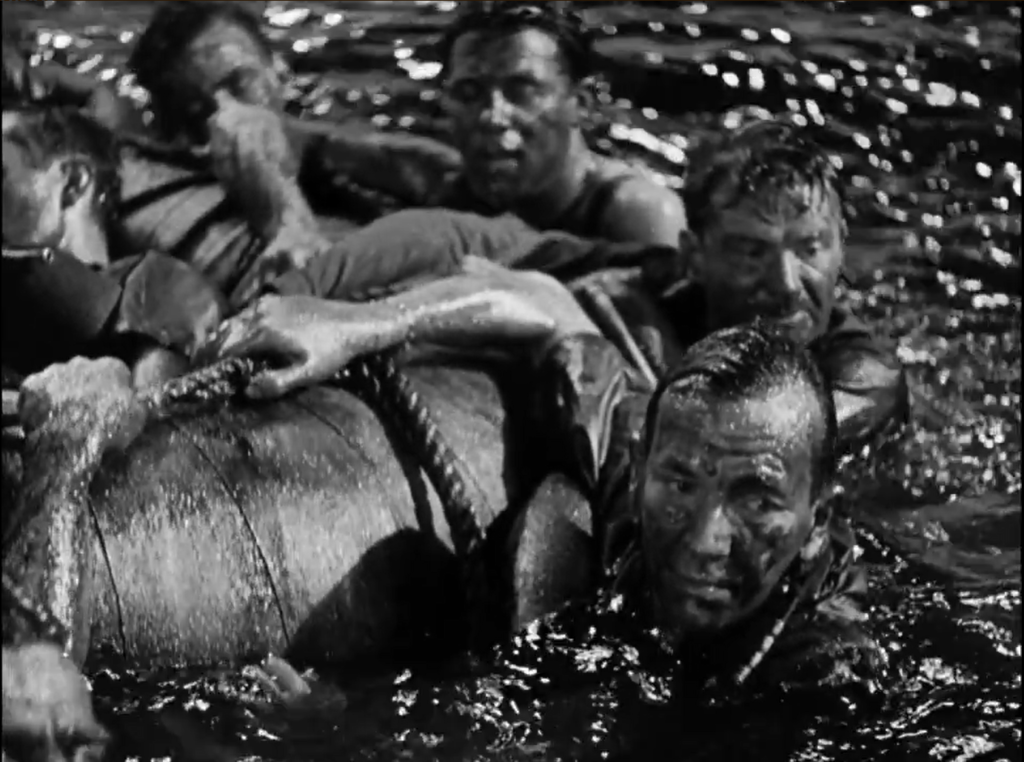
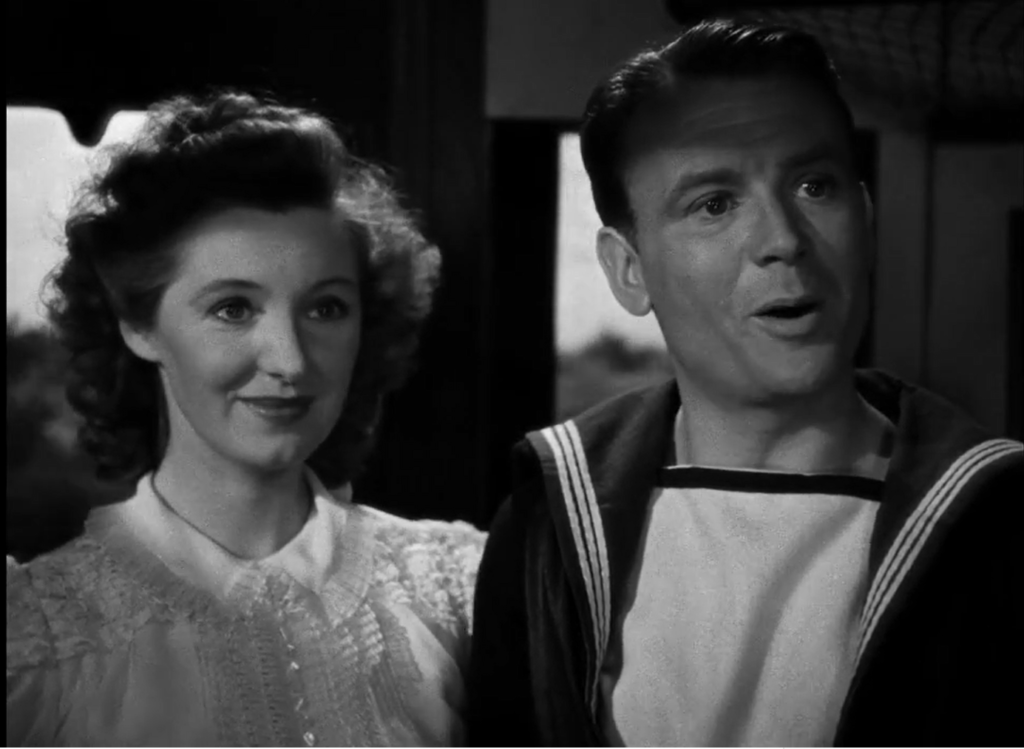
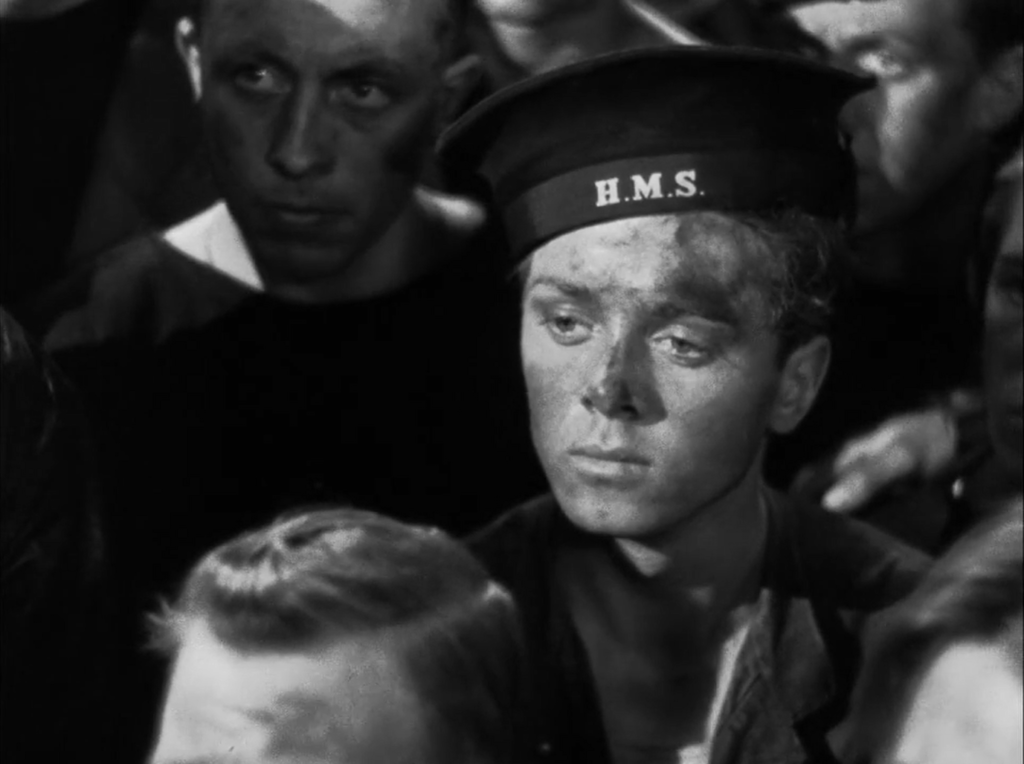
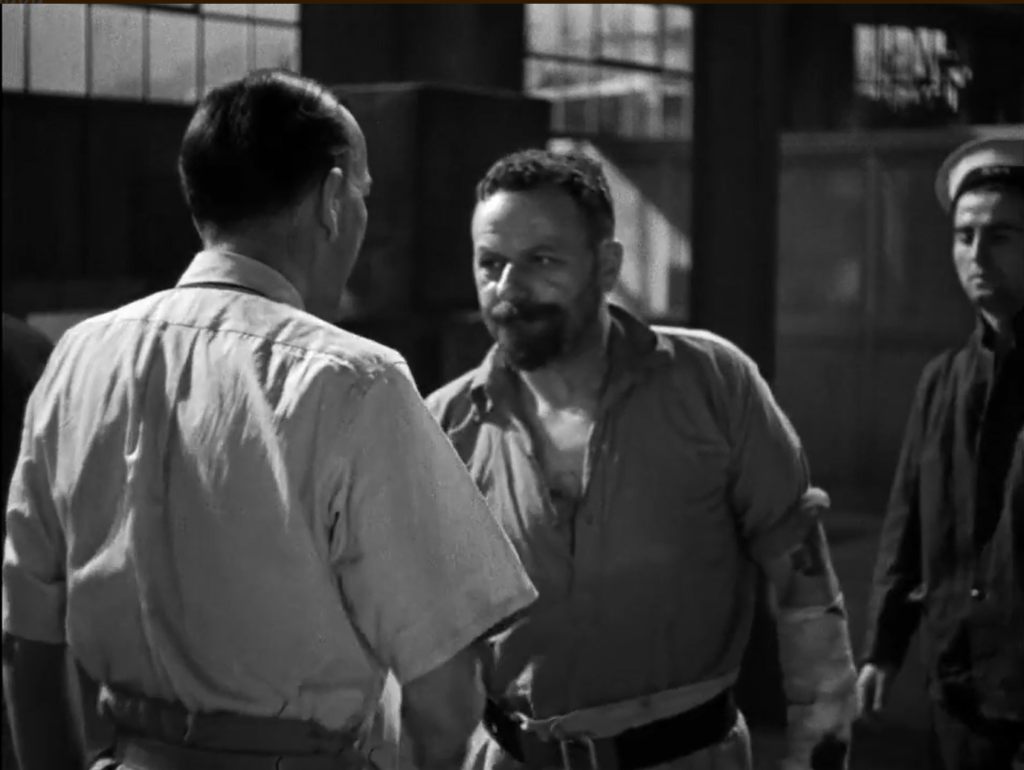
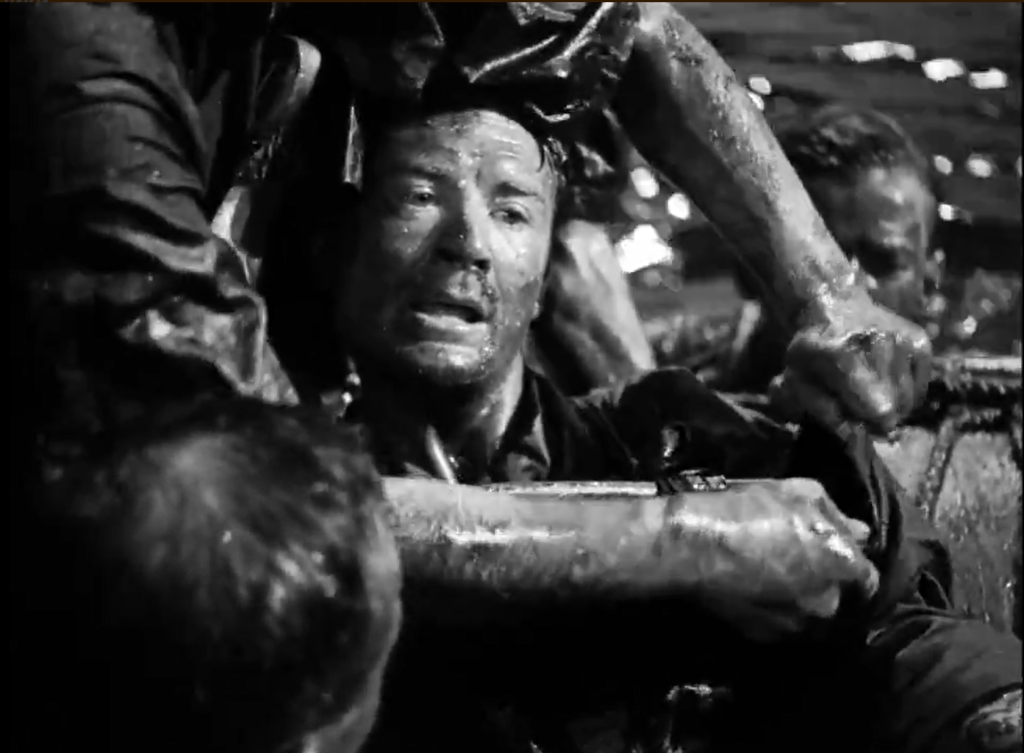
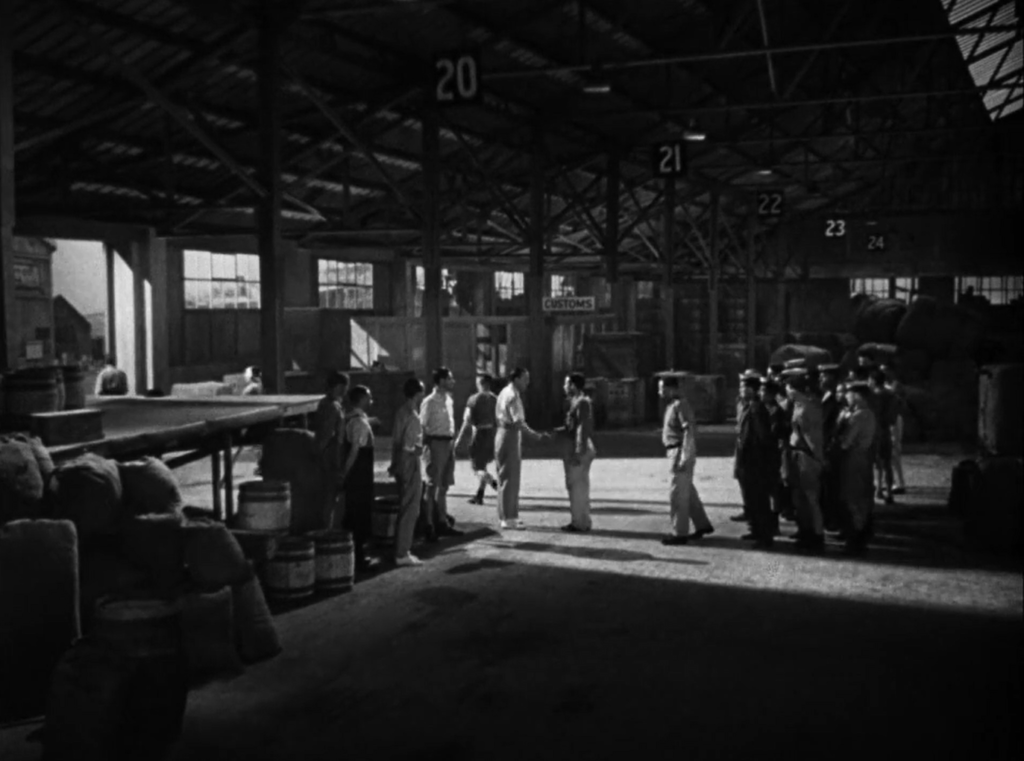
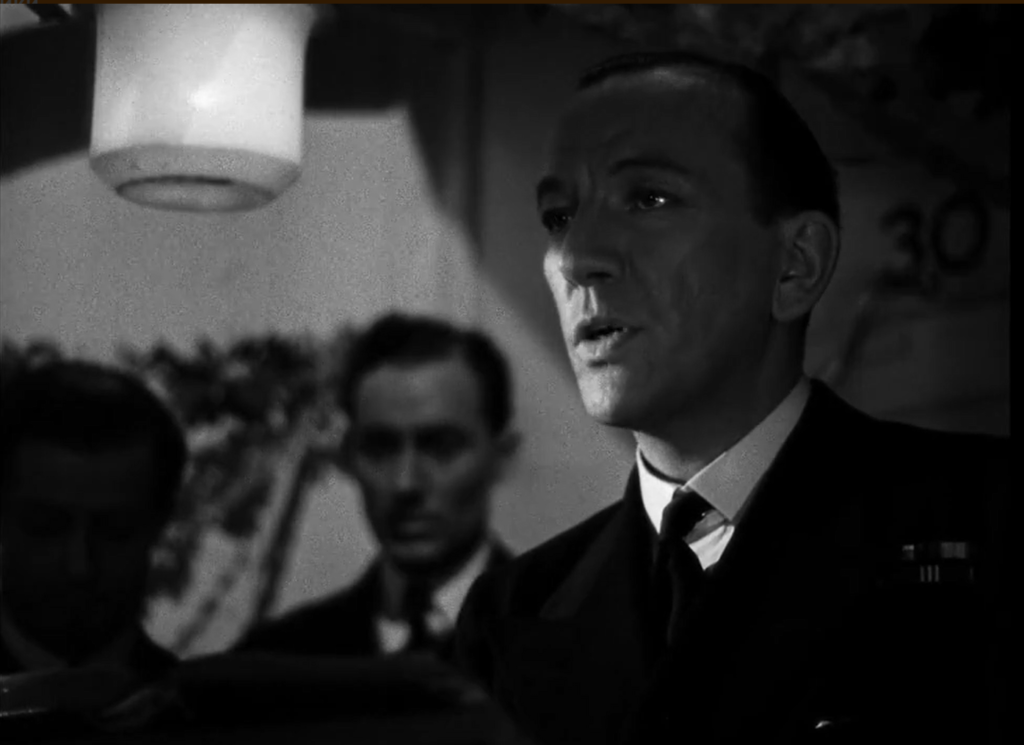
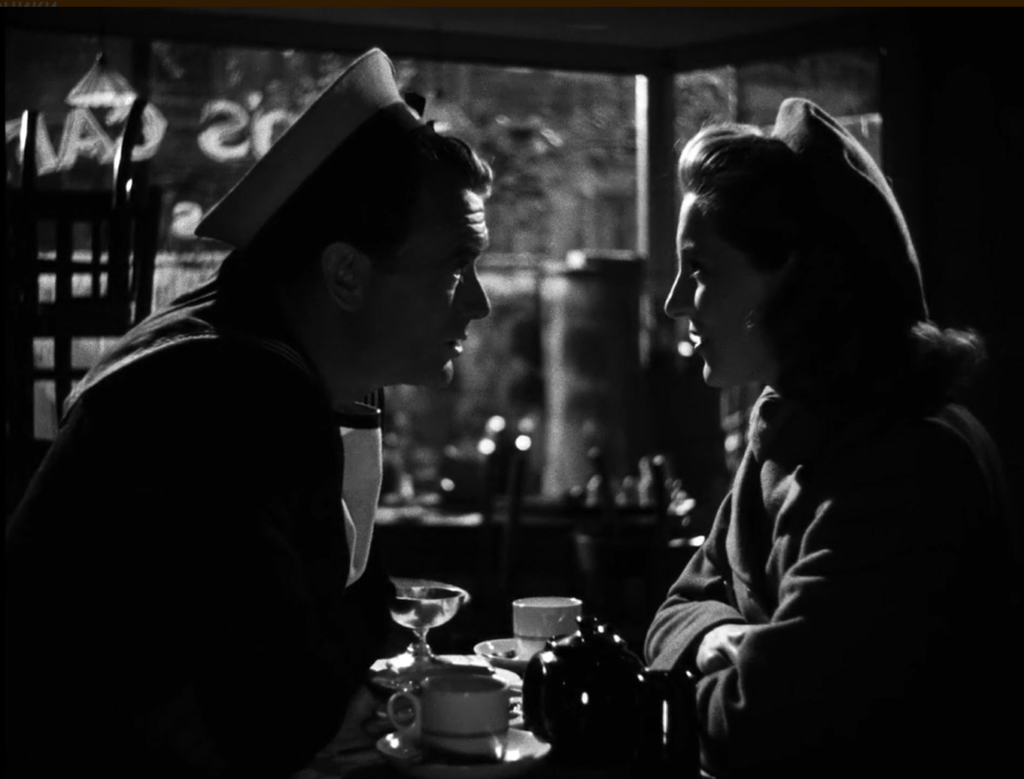
One thought on “In Which We Serve (1942)”
A must-see, for its solid place in cinema history. As per my post in ‘The ’40s-’50s in Film’ (fb; 1/6/19)
“We’ll have some tea in a minute, anyway – just to keep us going.”
‘In Which We Serve’ (1942) [blu-ray]: Noel Coward did not particularly enjoy moviemaking. But he accepted a particular carte blanche offer to come up with this document of patriotism – out of a sense of duty. He wanted to star in it and direct his fellow actors but he didn’t want to also take charge of the overall (and considerable) technical aspects. He asked co-star John Mills if he could recommend anyone. He could – a young editor named David Lean… who accepted the position on the condition that he would get a co-direction credit. The script was based on the sinking of the destroyer HMS Kelly, commanded by Captain Lord Louis Mountbatten (whose identity was changed). In the film, a small group of ship survivors cling to a large raft in the hope of rescue. As they wait, we see (in a series of flashbacks) their individual memories of their lives at home with loved ones, as well as incidents that preceded the ship’s bombing. This film was a huge success and it’s easy to see why; it’s gripping, engaging, at times very moving, and wonderfully photographed by Ronald Neame (who would soon become a director himself). The film’s success would lead (2 years later) to its equally satisfying follow-up ‘This Happy Breed’.